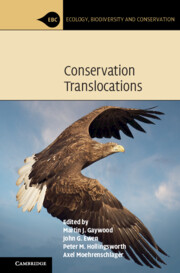Although epiphytic lichens are widely adopted as environmental indicators, they are not yet included among the target species listed in Annex II of the Habitats Directive, to which the system of protected areas of the Natura 2000 network refers. In this work, we aim to test the effectiveness of this system, mainly designed for the conservation of other groups of species, in protecting lichen species richness. For this purpose, we considered a case study (Central Italy) with half of the territory included in protected areas. Statistical differences in species richness and lichen communities were tested between sites located in 16 Protected Areas (PA) and 11 Non-Protected Areas (NPA) using non-parametric tests, multi-response permutation procedures (MRPP), non-metric multidimensional scaling (NMDS) and Indicator Species Analysis (ISA). Despite the broad overlap between epiphytic lichen communities of NPAs and PAs and a similar number of total and common species, PAs contain a significantly higher number of nationally rare and extremely rare species, including cyanolichens. These results are also confirmed by the indicator analysis. Although the Natura 2000 network does not explicitly address the conservation of lichens, the protected areas in our study can play a role in protecting the diversity of epiphytic lichens, especially nationally rare and endangered species. However, the future inclusion of red-listed epiphytic lichens among the target species of Annex II of the Habitats Directive would be welcome to better protect these organisms on a European level.


